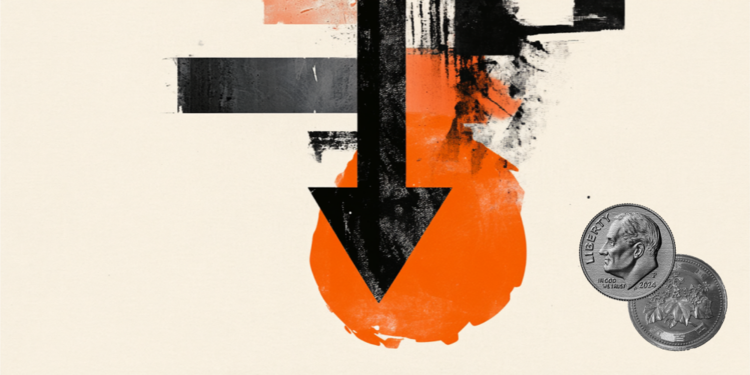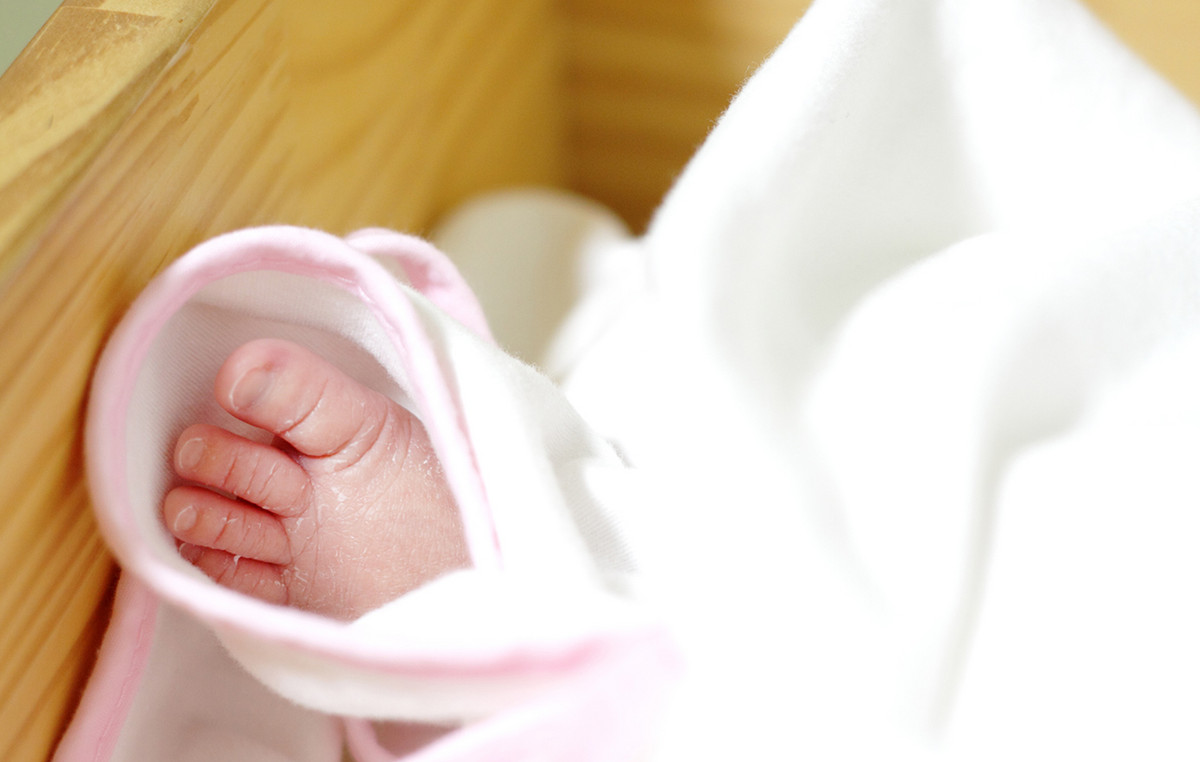Menopause can be a time of great changes for every woman, both psychologically and physically. However, this delicate phase of life can be lived with greater serenity thanks to physical activity, in particular through Pilates. This training method, with a long tradition, brings with it enormous benefits, for the body and for the mind.
Why Pilates is Ideal During Menopause
Pilates is full of exercises that adapt to many different needs, gives excellent results and can be done at all ages. It can be practiced in the form matwork that is, free body or with the aid of machinery, such as for example the Reformerthe main tool of this discipline. But what are the benefits of practicing it? Elisa PavanEducator of Balanced Body® in Italy, a world reference point in the field of Pilates, brought to Italy by Genesi Company, draws up a list of the five main advantages of practicing Pilates, especially during menopause.
1. Increases energy and awareness
Pilates helps you feel comfortable in your body, enhancing the resources of every woman. It helps you get to know your body better in its entirety, by virtue of the extraordinary abilities it manages to highlight and learning to accept its limits. Especially if practiced after a
period of inactivity, re-activates the muscles of the entire body, revealing unexpected new potential. For Pilates, menopause is not an obstacle, but a period of life to be actively lived and discovered.
2. You get moving without sweating (too much)
Menopause can bring with it discomfort and sudden ailments, one of these being the famous hot flashes. Pilates, despite its profound ability to tone and redefine the muscles, allows for low-impact workouts, in which sweating is not excessively stimulated. All those women who feel discouraged by other types of training, precisely because of the temperature changes, will find a precious ally in Pilates.
3. Makes you stronger and more active
Menopause and, more generally, advancing age can lead to sarcopeniaor the loss of muscle mass and functionality. Pilates helps to rebalance the relationship between fat mass and muscle mass, training the muscles in depth, increasing their elasticity and strength. Thanks to Pilates, the muscles regain tone and the entire organism benefits from it.
4. Releases tension and lightens the spirit
Pilates helps to relax the muscles and release accumulated stress. It is a type of training that requires great presence in the “here and now”, leading those who train to concentrate on their movements, freeing the mind from worries. Making time just for yourself, dedicating it to your physical well-being, also leads to positive effects on stress levels.
5. Improves posture
Sometimes we tend to underestimate how much a good posture can make a difference both in terms of general well-being and aesthetics. Pilates helps to re-establish a correct posture, avoiding that hunched appearance that tends to impose itself with the passing of age. Training the back muscles and stimulating conscious breathing allows to mitigate many small ailments, back pain and joint discomfort first and foremost. A more upright and composed posture gives a healthier and younger appearance.
«The benefit of practicing Pilates during menopause comes from the fact that it keeps the muscles toned and the joints elastic. Even listening to the movement of your body, in a period of
change that must be supported and accepted. Another important thing, for me, is control
of breathing while performing the exercises, because it facilitates greater focus and
“It allows for a certain physical and mental relaxation,” says BV, who practices Pilates under the guidance of Elisa Pavan. “With Pilates, my awareness of my body, posture and gait has definitely increased, which also gives me more femininity. Another thing that I find very important is the work on the pelvic floor,” adds BF
What are the best exercises? Here are 6 to keep fit
Elisa Pavan has selected 6 Ideal Exercises for Menopauseto invigorate and
keep your body toned and active. These are both free body exercises and therefore Pilates
matworkoften facilitated by the use of a foam roller but also exercises to be carried out with
the help of the Reformerof the Pilates Arc he was born in Trapeze Table (Cadillac) by Balanced Body®.
1. Side stretch and shoulder mobility with Arc: this exercise is used to laterally mobilize the spine, give greater freedom to breathing and keep the shoulder joint mobile.
How to do it: Sit on your side on the Arc or a foam roller: the ground leg is bent, the right leg to the side. Bring your right arm toward your head and gently stretch your arm over your head while inhaling deeply through your nose. After a few breaths, rotate your extended arm around your shoulder, drawing 5 circles in one direction and 5 in the other. Repeat on the left side.
2. Roll down on Arc: this exercise serves to mobilize the entire spine in extension, give greater freedom to breathing and keep the shoulder joint mobile.
How to do it: sitting in the well of the Arc, support your head with your hands and roll your back, trying to support one vertebra after another. Inhale deeply through your nose, relaxing your abdominals, reactivate them to rise up, rolling yourself up again to then return to sitting. After 5 repetitions, stay back and make large circumductions of your arms stretched in both directions. Come back up sitting, exhaling.
3. Scooter (Single leg knee stretch) with weight on the Reformer: this exercise is used to strengthen the glutes, legs and back, to improve coordination and balance, to control the centre of the body thanks to abdominal activation and to make the stride wider and freer when walking.
How to do it: standing with the Reformer on your right, a red spring attached and a high Football. Place your right foot on the shoulder rest and your left foot on the floor: push the carriage open by lifting and straightening your right knee. Your hands can rest on the footbar, or you can lift your left arm with a 1kg weight in your hand while extending your leg. Repeat for 15 pushes, then change sides.
4. Side kick on Trapeze table (Cadillac): This exercise helps to strengthen the glutes, legs and back, to improve coordination and balance, to control the centre of the body thanks to abdominal activation and to make walking more relaxed.
How to do it: lying on the right side, with the strap on the right foot (long yellow spring): move the right leg back and forth 10 times, keeping it parallel to the ground, as in the Side Kick of Matwork. Keep both legs straight and active and keep the center of the body stable as the leg moves back and forth. Then repeat on the other side.
5. Push through with twist on Trapeze table (Cadillac): This exercise serves to lengthen the posterior chain (legs and back), to mobilize the shoulders and to increase the sensation of opening of the rib cage during breathing.
How to do it: Sitting towards the Push Through bar with your legs straight, grab the upright on your left with your right hand, and push the bar up with your other hand. Inhale through your nose and try to lift the bar up while increasing the rotation. Repeat 5 times and then switch sides.
6. Bridge with roller: This exercise serves to strengthen the entire body, especially the back of the legs and the lumbar region.
How to do it: lying on the floor with your legs bent and your feet resting on a foam roller. Pressing your arms on the floor, lift your pelvis, keeping the roller still. Repeat the ascent 10 times, then stop with your pelvis raised and lift one foot (with the leg bent or straight) off the roller, alternating 10 times. Place your feet back down and unroll your back to lower yourself back to the floor.
Source: Vanity Fair
I’m Susan Karen, a professional writer and editor at World Stock Market. I specialize in Entertainment news, writing stories that keep readers informed on all the latest developments in the industry. With over five years of experience in creating engaging content and copywriting for various media outlets, I have grown to become an invaluable asset to any team.







